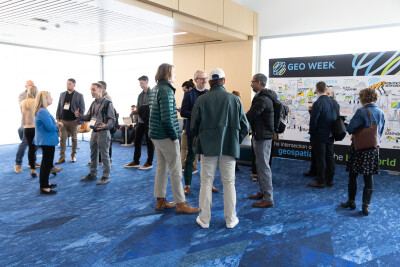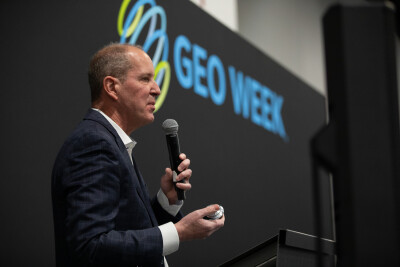As before, when it was called Photofly, 123d Catch is blowing up YouTube. Not only is the 123dCatch YouTube channel prolific (they’ve uploaded 25 videos, mostly how-to, since late October), and fairly well watched (more than 130,000 views of those videos already), but the user community has jumped in with both feet, with another 200+ videos uploaded by non-Autodesk types. And that’s just those using 123d Catch in their titles and keywords.
And it’s not all discreet objects. This guy did a 123d Catch model of the Columbus Crew stadium in Ohio. Here’s one of the outside of Nick’s house. No, I don’t know who Nick is. Here’s a guy who’s modeled a girl I hope is his daughter (just a bit creepy there…). Regardless, there are 3D fly throughs all over the Internet now, many of them looking pretty darn good, sometimes indistinguishable from something created with much more sophisticated technology to the untrained eye.
The best part? People are coming to see creating 3D models as “easy.” These are now going to be things that they want for their businesses. They’ll come up with reasons to have 3D models floating around the office hard drives. They’ll want to show how cool and progressive they are with technology.
The worse part? People are coming to see 3D models as “easy.”
Obviously, the 3D models in these videos, and the professional/commercial/industrial modeling that people are doing with laser scanners and high-end photogrammetry software are two very different animals. There’s the matter of geo-referencing, of course, and of accuracy, and of huge amounts of man-hours spent in converting sophisticated point clouds into Revit and AutoCAD models, but to the layman, those distinctions aren’t going to be top-of-mind. Clients are going to be asking you to model this and model that and deliver it this fast because they’ve seen videos like this one, where you can create a cardboard creation of a statue in, oh, 60 seconds:
Easy-peasy, right? Of course, we’ve all played with software and had it perform nothing like the helpful little video tutorials and show-off videos that got us excited about the software in the first place. And one does wonder why it takes three separate pieces of software to get from the photographs to the model to the print out. Couldn’t that all be in one piece of software? Most people can barely keep their Microsoft patches up to date – is your general consumer really going to be making these kinds of models on a regular basis?
Of course not. At least not in the short term. Even with the “blowing up YouTube” comment I made earlier, I’m aware that these kinds of numbers pale in comparison to the number of crazily bouncing videos taken from the front row of a Taylor Swift concert you can find online (quick search reveals 268,000 videos with keyword “taylor swift” – heaven help us all).
Still, you tech-savvy asset owners are going to be all over this kind of thing. Your engineers and CTOs and random guys who are supposed to be designing ads but are really playing with 3D model-making are going to be coming up with all kinds of ideas for how they could be using 3D in their shops.
That’s the opportunity for the asset owners and the service providers and manufacturers to come together, of course. Service providers can use those ideas to help solve real-world problems and generate revenue and cost-efficiencies for everyone.
123d Catch allows people to say, “I wonder what we could do with a 3D model of this?” Try things out. Then, when it’s clear there’s a business argument to be made, they call in the professionals. Ideally, anyway. We’ll see how that works out.





